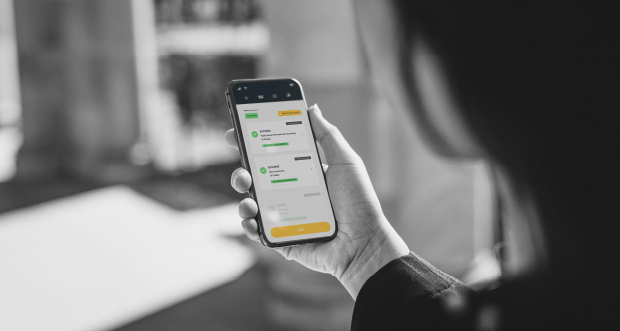The number of Australians studying for government-subsidised degrees needs to roughly double by 2050, according to the Universities Accord panel which forecasted that nine out of 10 new jobs will need post-school qualifications and half will require a university degree. But while
universities may soon be flush with applicants, not all is rosy. The level of financial pressure on the sector is increasing, with inflation squeezing budgets.
Despite the increase in enrolments during the pandemic, the decline in commencing domestic undergraduate students is reflective of the increasing cost of living pressures. The most recent ABS data shows that the number of commencing domestic undergraduate students, the main feeder group to higher education, decreased by 8.2 per cent. This is the lowest number of potential undergraduate students since 2013.
With Australia ranking at number 11 out of 69 of the most expensive places to live and the inflation rate reaching 5.1 per cent at the end of October 2023, students are often faced with having to prioritise other costs over food and, even, medication. This can lead to student attrition – a wasted opportunity for the individual who loses the chance to pursue their interests and goals. For the institution, the problem is compounded by losses of pre-committed revenue. And for the university’s reputation too. For these reasons and more, it is crucial for universities to have mechanisms in place to identify at-risk students.
Modernising the way universities communicate and interact with their students is key to being able to offer strong support and spot early warning signals before struggling students risk walking away from their academic studies.
Universities Australia’s Student Experience Survey found that 19 per cent of undergraduate students indicated that they had considered early departure in 2020, with 50 per cent citing health or stress and 23 per cent citing financial difficulties as their reason.
This is worrying, to say the least; so how can higher educators go about fixing this – particularly when they are under inflationary and staffing pressure themselves?
To ensure they deliver the best possible student experience and the lowest possible attrition rate across all courses, universities invest in a range of platforms that promise to gather data and insights. There are a few issues with this. Namely, wellbeing is complex and must be measured on multiple levels – including the emotional, physical, social, intellectual, and financial dimensions.
We also know that predicting student attrition requires making sense of multiple data sources – how many terms is the student enrolled for, have they transferred to another program, have they been given an academic warning for failing grades, have they sought support services, are they enrolled to online courses?
But in most cases, that data isn’t connected across student-related information systems. Those gaps can limit a university’s ability to spot patterns or at-risk behaviors that, if caught early, could change the trajectory for that student, almost always in a mutually beneficial way.
Progressive organisations recognise that digital transformation is the key to solving these challenges. Smart solutions better support the administrative and pastoral needs of universities and their students. TechnologyOne’s Software-as-Service solution for example provides higher education leaders with real-time, holistic data-driven insights.
We know that investing in smart technology and timely analysis of the right data can be transformative in helping universities identify and intervene when students are struggling – financially and emotionally – and ultimately helping them stay the course.
In the age of Big Data, collecting it is meaningless if you can’t turn it into an actionable insight to better a student’s experience, and potentially turn them into repeat customers when they choose to further their studies.
As we move forward, the challenge for universities will be finding the balance between accepting their role as custodians for student wellbeing, while not becoming digitally intrusive in the process.
There are many pressures on university finances at the moment that institutions are finding hard to control. Attracting students and keeping them engaged should not be one of them.
TechnologyOne (ASX: TNE) is Australia's largest enterprise Software as a Service (SaaS) company and one of Australia's top 100 ASX-listed companies, with offices across six countries. Our enterprise SaaS solution transforms business and makes life simple for our communities by providing powerful, deeply integrated enterprise software that is incredibly easy to use. Over 1,200 leading corporations, government departments and statutory authorities are powered by our software.
Our global SaaS solution provides deep functionality for the higher education sector, and we invest significant funds each year in R&D. We also take complete responsibility to market, sell, implement, support and run our solutions for our customers, which reduce time, cost and risk.

Email [email protected]
 Campus Review The latest in higher education news
Campus Review The latest in higher education news



